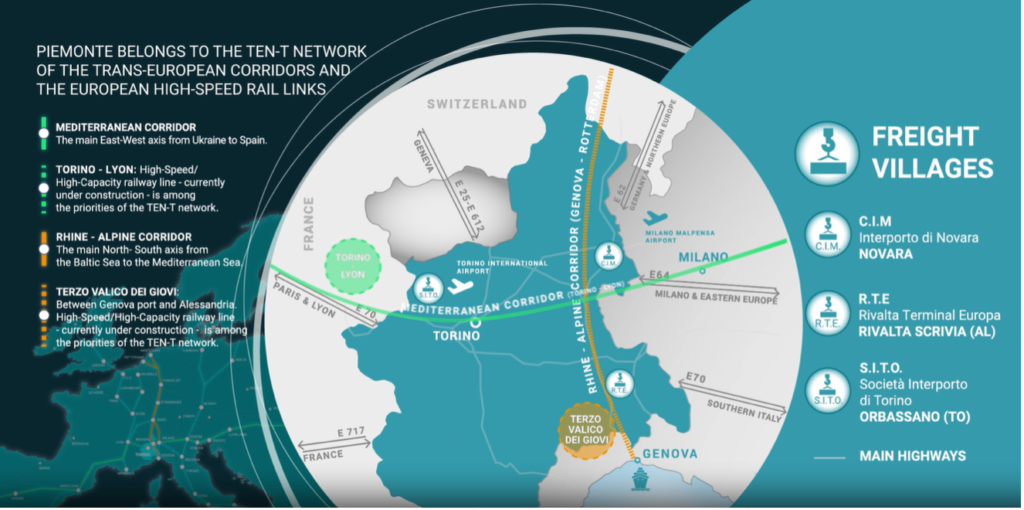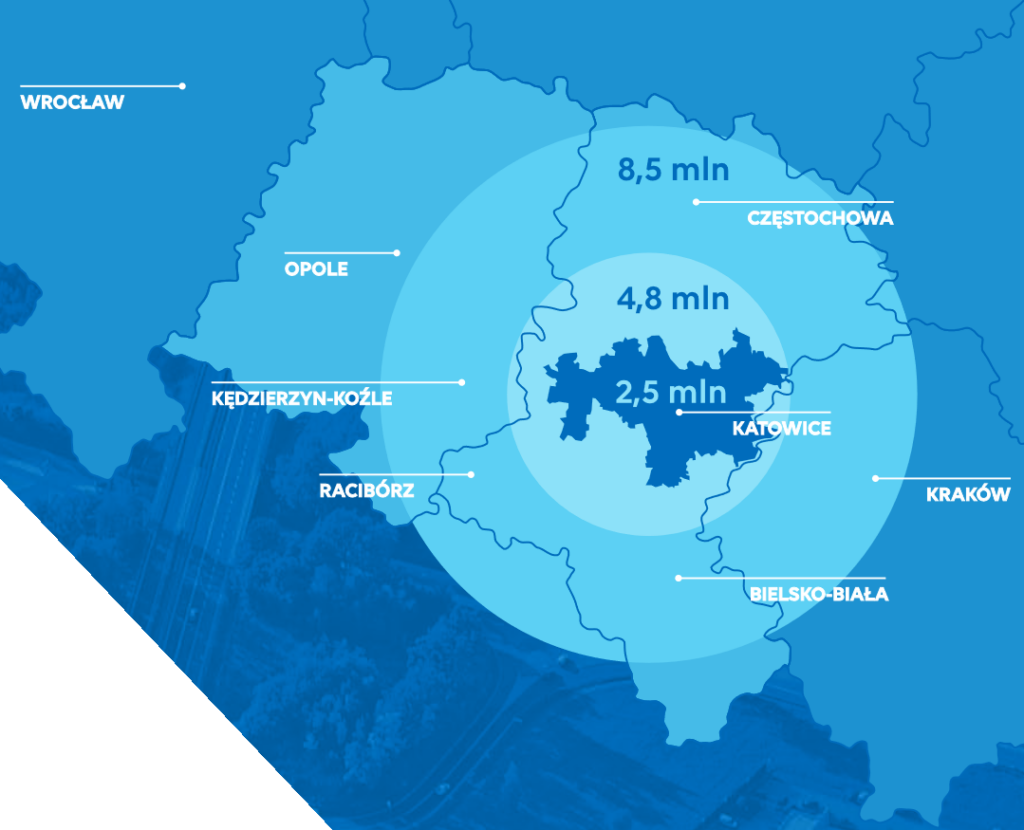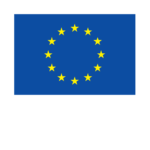Mapping the European Sustainable Manufacturing Ecosystem
This report summarises research results on the current status of a (potential) European Sustainable Manufacturing Ecosystem (EUSME). It describes its elements, functionalities and networks and identifies gaps. This ecosystem should support small and medium-sized enterprises of the manufacturing ecosystem to become (more) sustainable. As it is understood as a Europe-wide ecosystem, it is conceptualised to provide second-level support to organisations such as clusters, regional ecosystems and sector organisations on an overarching level. This report provides insights into what is already there and what is already done on the European level to support the sustainable development of manufacturing SMEs and what is still missing in order to have a well-working EUSME in Europe.
The European manufacturing industry is an integral part of the European economy, contributing 29% of the value added and 23% of jobs of European non-financial business in 2020 (Eurostat, 2020). Accordingly, it also contributes its share to energy and material consumption and the production of waste and greenhouse gases (e.g. manufacturing SMEs are estimated to have produced over 400 million tons CO2 in 2018, more than the construction sector and wholesale and retail trade sector all together (European Commission, 2022)). Its contribution to the European Green Deal and the overall goal of net zero carbon production until 2050 of the European Union is an important part of reaching those goals. The manufacturing SMEs are an essential part of the green transition in the European Union. The effects of the COVID19 crisis, the rising prices of raw materials and the disruption of supply chains due to the war in Ukraine since 2022 do take their toll on the capacity of manufacturing SMEs to focus on the green transition. Supporting ecosystems and clusters provide direct support to SMEs. As they also benefit from experience, research results, and good practices from other regions, clusters and projects, overarching networks, initiatives, platforms and organisations strengthen the pan- European exchange and collaboration. But, is there already a European Sustainable Manufacturing Ecosystem (EUSME)?
The research conducted in WP1 of the greenSME initiative has been guided by the following questions:
- What elements and functionalities of an EUSME are there already?
- Which meta-clusters (e.g. European networks, organisations, initiatives) are active in supporting manufacturing SMEs’ sustainability on a European level?
- What kind of connections and networks between different actors are already there? Which are missing?
- What are the requirements for a well-functioning EUSME?
- Where do meta-clusters1 see gaps and potential for development?
For this mapping, sustainability is understood as environmental, social and economic sustainability. The understanding is closely aligned with the one of the European Green Deal (EGD) as presented by the European Commission (European Commission, n. y.). As the focus of the project and this deliverable lies on the manufacturing sector, certain aspects are of particular interest: emissions that foster climate change are reduced, material and water management are oriented towards the minimisation of material use and the implementation of the principles of waste reduction such as reduction of material and energy use, recycling, reusing, repurposing are to be implemented. In terms of social sustainability, workplaces should be adaptive, collaborative and reliable. Mechanisms of worker skilling, good human-technology interaction, worker well-being, security and inclusiveness need to be implemented. Economic sustainability includes the capacity of manufacturing companies to stay prosperous and competitive, resilient to economic risks, and consider social and environmental requirements and changes. Manufacturing enterprises need to be prepared for the compliance with environmental and social legislation (high standards of environmental protection, circular economy social protection and inclusiveness) and have long-term sustainable business models and strategies. In order to achieve these goals, the EUSME aims at fostering the implementation of Advanced Technologies and/or Social Innovation in SMEs in the manufacturing sector and raising awareness for sustainability and available opportunities and solutions.
The EUSME is understood as a mission-oriented innovation ecosystem (Jütting, 2020) as it addresses the particular societal challenge of climate change and the need for a green transition. The mission is to foster sustainability of manufacturing SMEs by promoting the use, implementation and diffusion of technological and non-technological innovations and solutions.
In the WP1 of the greenSME project, desk-research and 13 expert interviews have been conducted to gain a thorough understanding of the current status of the EUSME and identify gaps. The starting point for this research has been to identify and analyse meta-clusters, such as European networks, initiatives, platforms and associations, that work on the topic of manufacturing sustainability and provide useful output for SMEs. The following results can be summarised from the interviews with meta-cluster representatives and desk research:
The meta-clusters already bring together a variety of stakeholders that are relevant actors within a potential EUSME and who are collaborating towards the goal of fostering sustainability in manufacturing. While companies, public administrations and policy makers and research institutions as well as business development agencies are already well represented, education providers and civil society stakeholders are the least represented, although they are depicted as important stakeholders by the meta-cluster representatives.
One important aspect is that there is already (European, national and some regional) funding for research and development and meta-clusters in the area of sustainability in manufacturing which provides a continuity to the activities of most meta-clusters.
Many topics, that are highly relevant to manufacturing SMEs for increasing sustainability, are addressed by different meta-clusters. Examples are how Circular Economy is addressed by the ECESP and how several technologies for greening products, production processes and machine use (Cleantech Network, Silicon Europe, MANUFUTURE, MANU-KET, EACN, EACP) are monitored, developed and promoted by meta-clusters.
More topics were mentioned as important ones to address but were not taken up in the meta-clusters’ activities in a sufficient manner. Those were especially non-technological measures to increase efficiency of material use, energy use and decreasing waste production and the topic of skills needed for sustainable change and the role of education.
The meta-clusters that have both, a large Europe-wide scope and a clear focus on sustainability topics are the MANUFUTURE platform and the European Circular Economy Stakeholder Platform.
Meta-clusters with less scope but important activities that contribute clearly to the sustainability of manufacturing SMEs are TIPPS, MANU-KET, Greater Green, and the SuperEcosystem in Finland.
Important promoters and disseminators are Enterprise Europe Network, EIT Manufacturing, ECCP, ECA, and EACN as they are meta-clusters with a large scope and reach into clusters and they address sustainability at least as one topic among others. Further relevant meta-clusters are the German Circular Economy Initiative acatech, IRISS, EuMaT and the EACP. Also, there are meta-clusters that could not be analysed in great detail, but are part of a potential EUSME, such as other national CE
initiatives, the Ellen McArthur Foundation, ERMA, further EIT organisations, such as the EIT Climate KIC, and further European initiatives (e.g. in ERASMUS+ or Horizon programmes).
The objective of the meta-cluster defines the objectives of the collaborations supported and their scope. While larger meta-clusters have the strength to bring together companies and other stakeholders from various regions, thematic meta-clusters allow for more a more focused joining of forces and expertise on a particular topic. This can enable a quicker development of solutions and innovation. In the case of sustainability-related topics, meta-clusters in our analysis worked on Circular Economy solutions, Clean Technologies, advanced materials and safe and sustainable by design processes and products.
The European Commission plays an important role in almost all of the analysed meta-clusters, as source for funding and as legislator. These functions lead to somewhat a coordinating role of the European Commission, guiding the understanding of sustainability and supporting some areas of R&D over others, for example.
There are few collaborations between meta-clusters on the topic of sustainability on the European level, as members rather enter collaboration on sustainability topics on the regional level. Also, there is a lack of an adequate governance structure that brings all actors together.
In the interviews, a number of requirements for an EUSME and current gaps that prevent the EUSME from functioning well and being self-sufficient have been made explicit:
Requirements
- A governance structure that allows for the need of regional manufacturing sectors to take centre-stage and a coordinated development of a more concrete common strategy towards a sustainable manufacturing sector
- Continuous interaction with the SMEs, for example through clusters and business and sector associations
- Further engagement of education providers
- Further engagement of civil society stakeholders, at least with regards to the implementation of Circular Economy
- Well-elaborated, up-to-date and continuous communication with members and mutual learning and knowledge sharing
- Alignment with European policies relevant for sustainability in the manufacturing sector
- Continuous and sustainable funding of the EUSME structures where needed.
- Fostering inter-regional and international collaboration between clusters
Current Gaps in the EUSME
- To provide information on the legislative activity at European and national levels, as well as on financial support programmes information to implement coming legislation.
- Support with change management of implementing sustainability measures for SMEs
- Support of companies for the provision of green skills through Continuous Vocational Education and Training (CVET) and other upskilling pathways
- Support with implementing co-creation processes that allow for all stakeholders to provide their expertise and perspective in helping sustainability-raising processes
- Awareness raising and education for social innovation in companies that allow for better efficiency of energy and material use and decreased waste production
- A repository of best practices and examples for the implementation of useful sustainability measures
- Standardisation of processes and solutions required for sustainable production to promote fair competition and help companies adapt to upcoming environmental regulations
- Support for more collaboration between clusters and meta-clusters from the different European regions.
- • An adequate governance structure is still to be established that brings together the needs and insights from the regions and coordinated strategy development.
The findings of the mapping represent a first step towards a roadmap for a Sustainable Manufacturing Ecosystem. The roadmap, in turn, aims to identify the gaps of the existing ecosystem or, if necessary, indications to what is missing to develop such an ecosystem and will suggest overall steps of development and actions of stakeholders to improve and complete the ecosystem. The roadmap will be developed in another dedicated deliverable. The development of an ecosystem itself, however, is not implemented in greenSME.



